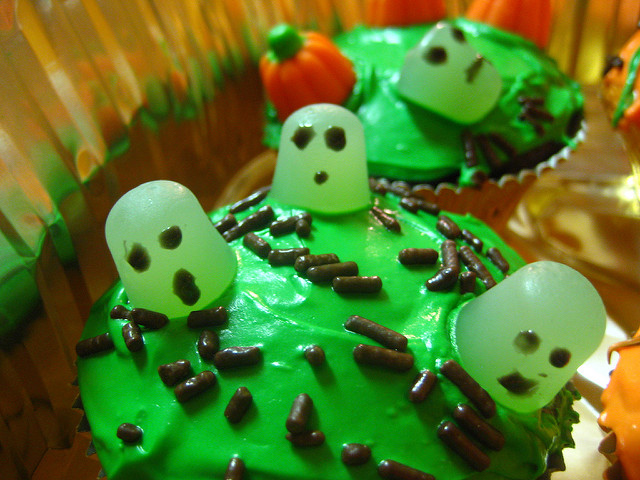Imagine walking down a dimly lit hallway at night or a pitch black alleyway. You feel what you think are eyes upon your back, and you hear muffled noises coming from behind you. In a situation like this, what do most people feel? Yes, there is probably fear, but there is also the sensation that an outside being is present, an uninvited stranger that may or may not be human. In essence, this is the brain’s definition of a ghost or spirit. Many people, especially those suffering from mental illnesses, have had such an experience with a “spirit”. Most people would expect to have these experiences in places like that alleyway or dimly lit hall, but most people wouldn’t expect to be able to create a ghost in the laboratory.
Image Source: PeopleImages.com
Neuroscientists in Switzerland have made this idea a reality: they have manufactured real, potent, and fear-inducing simulations of ghosts.
The researchers hypothesized that the cause of the sensation of another being’s presence is a malfunction in the brain’s ability to have a unified self-perception. According to researcher Olaf Blanke, this means that “the brain creates a second representation of its body.” So why not artificially create this second representation and see what happens? This is precisely the idea behind the researchers’ experiment.
Before beginning the study, the researchers analyzed MRI scans of 12 patients with neurological disorders who claimed to have “ghost encounters”. These scans revealed that the patients had issues with areas of the brain involving “self-awareness, movement, and the sense of position in space”, confirming the researchers’ earlier hypothesis. The researchers then conducted the study using a device that seemed to trigger these ghostly sensations. This device replicated the movements of healthy subjects with their arms in the device and were blindfolded and wearing earplugs; if users moved their arms, another part of the machine duplicated the movement behind them and touched them on the back.
Image Source: Morsa Images
However, there is a delay of a few milliseconds, and this delay induces the ghostly sensation. The brain recognizes the machine’s movements as being the same as the user’s, but the delay distorts the signal from the brain and makes it seem as though someone else is performing the movement—so much that the subjects were often unable to complete the experiment.
So, are the scientists implying that ghosts do not exist?
It seems that ghosts may be safe for a bit longer, since the researchers state that their study is meant primarily to help better understand and reduce the psychotic symptoms in patients suffering from mental illnesses such as schizophrenia. Future devices they create may include wearable machines that reverse the sensations created in the lab. The study gives us a better understanding of the science behind a “ghost encounter” and the neurological basis of those sensations felt in that dimly lit alley.
Feature Image Source: Ghosts by Julia Corsbie










